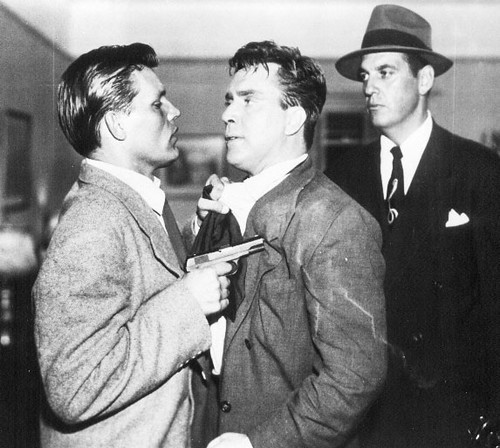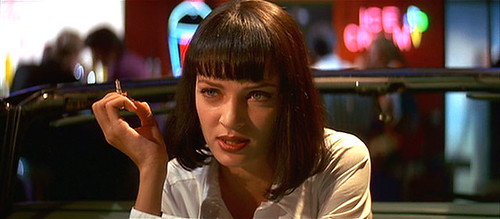Filming Techniques can be broadly classified into two types:
- MASTER SCENE
- TRIPLE TAKE
MASTER SCENE TECHNIQUE
A master scene is a continuous take of an entire event occurring in a single setting .It is a complete chronological motion picture- silent or sync sound - of over – all action, from beginning to end.
If filmed with a single camera: portions of the action are later repeated to obtain inter-cutting closer shots.
If filmed with multiple cameras: inter-cutting closer shots are filmed simultaneously.

HOW TO USE MASTER SCENE TECHNIQUE
Theatrical films: Generally filmed with a single camera because the action is staged, and may be repeated any number of times ; in order to shoot medium shots, two-shots, over-the-shoulder shots and individual close-ups required for inter-cutting .Closer shots are set up and lighted to portray the players best from that particular angle. Both action and dialogue are overlapped for each shot.
Television films: Dramatic television films are generally filmed in the same manner as theatrical pictures. Situation comedies and similar “stage-front” material—in which actors perform for audience as if on-stage—are filmed with multiple cameras, to record all angles simultaneously.
Non-theatrical films: Controllable action, such as staged scenes, may be filmed in a theatrical manner with a single camera and action repeated for closer shots. Uncontrollable action, such as field tests, may be filmed with multiple cameras, to record all angles simultaneously.

TRIPLE – TAKE TECHNIQUE
The simplest method for obtaining shot-to-shot continuity, particularly when filming without a script, is by overlapping the action at beginning and ind of each shot. In this filming technique-commonly termed cutting in the camera-the cameraman thinks of three consecutive shots, regardless of the number of scenes being filmed.
Action at the end of the first shot is repeated at the beginning of the second shot; and action at end of second shot is again overlapped at beginning of the third shot. Triple –take technique is very simple in operation. The cameraman need refer only to ending of the previous shot; and repeat a small part of that action, to match beginning of the shot being filmed Then , the end of the present shot id noted: so that its final action may be carried over to beginning of the next shot.Therefore, it is not the heart of the action during the shot that must be most closely observed; but movements at beginning and at end of each shot which must be matched to bracketing scenes.
Motion pictures are presented in sequences, not shots. While individual shots have their own value, each must be considered a portion of the sequence, serving only to advance the story. A series of shots must be woven into a coherent sequence, without distracting jumps or breaks in the continuity. The audience should be barely aware of changes in camera angle or image size. As in life, the sequences must appear as a continuous flow of movement, from start to finish. While cheating of both time and space during filming and editing is permissible, it should not be apparent to the audience.
No comments:
Post a Comment